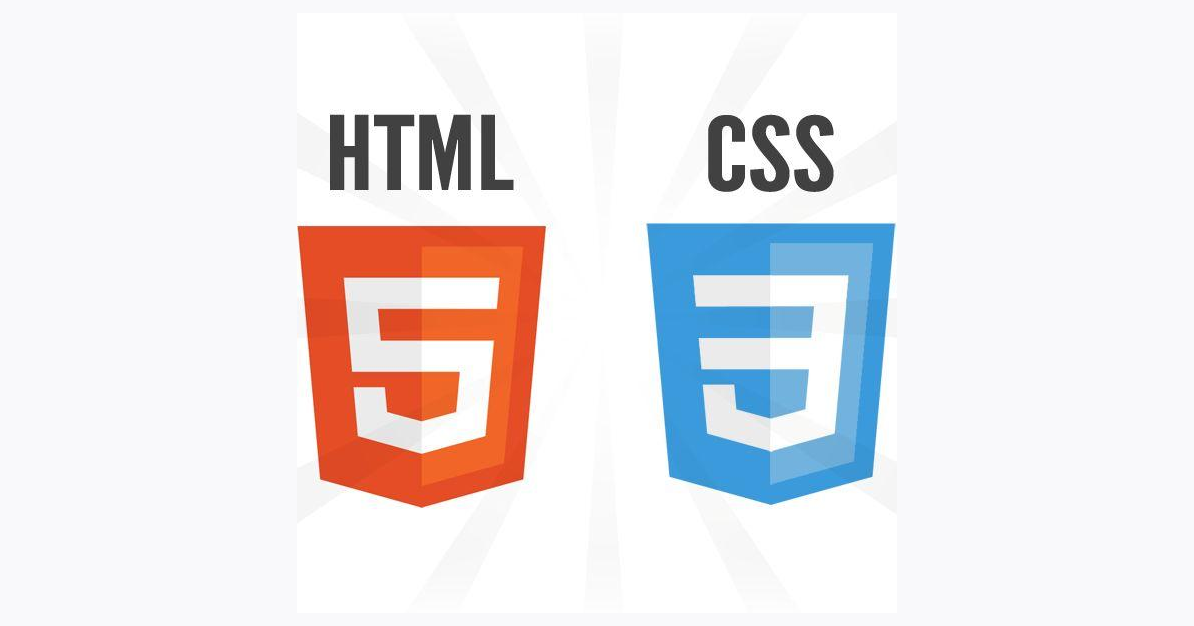Mastering HTML and CSS: Your Path to Crafting Career-Boosting Websites
1. Understand the Basics:
HTML (Hyper Text Markup Language) is the standard markup language for creating web pages. It provides the structure and content of a webpage.
CSS (Cascading Style Sheets) is used to style the HTML elements, controlling the layout, colors, fonts, and overall appearance of the webpage.
2. Set Up Your Environment:
Choose a text editor: There are many options available such as Visual Studio Code, Sublime Text, or Atom.
Create a folder on your computer to organize your project files.
3. Learn HTML:
Start with the basics: Learn about HTML elements, tags, attributes, and their respective functions.
Practice by creating simple web pages: Begin with structuring content using elements like headings, paragraphs, lists, and links.
Explore HTML forms: Learn how to create forms to collect user input, such as comments or contact information.
Use HTML5 semantics: Familiarize yourself with semantic elements like <header>, <nav>, <main>, <article>, <section>, and <footer> to improve the structure and accessibility of your content.
4. Master CSS:
Learn CSS selectors: Understand how to target HTML elements to apply styles.
Study CSS properties: Experiment with properties like color, font-size, margin, padding, and border to control the appearance of elements.
Practice layout techniques: Explore CSS layout models such as Flexbox and CSS Grid for creating responsive and visually appealing designs.
Understand CSS specificity: Learn how specificity affects the precedence of styles applied to elements.
Experiment with CSS frameworks: Consider using frameworks like Bootstrap or Tailwind CSS to streamline your styling process and create professional-looking designs.
5. Build Your Blog:
Plan your blog structure: Decide on the layout, navigation, and content sections of your blog.
Create HTML templates: Design the structure of your blog using HTML, incorporating semantic elements for better accessibility and SEO.
Style your blog with CSS: Apply CSS styles to your HTML templates to enhance the visual appeal and usability of your blog.
Make your blog responsive: Use media queries and responsive design techniques to ensure your blog looks good on various devices and screen sizes.
Test and refine: Continuously test your blog across different browsers and devices to identify and fix any issues.
6. Expand Your Knowledge:
Stay updated: Keep up with the latest HTML and CSS standards, trends, and best practices.
Learn from resources: Utilize online tutorials, courses, documentation, and community forums to deepen your understanding and skills.
Experiment and explore: Practice by creating different projects, experimenting with new techniques, and exploring advanced features of HTML and CSS.
Learning HTML and CSS to write a blog is an empowering skill that opens up endless possibilities for expressing yourself creatively on the web. With dedication, practice, and a willingness to learn, you can develop the expertise needed to design and build beautiful, functional blogs.



